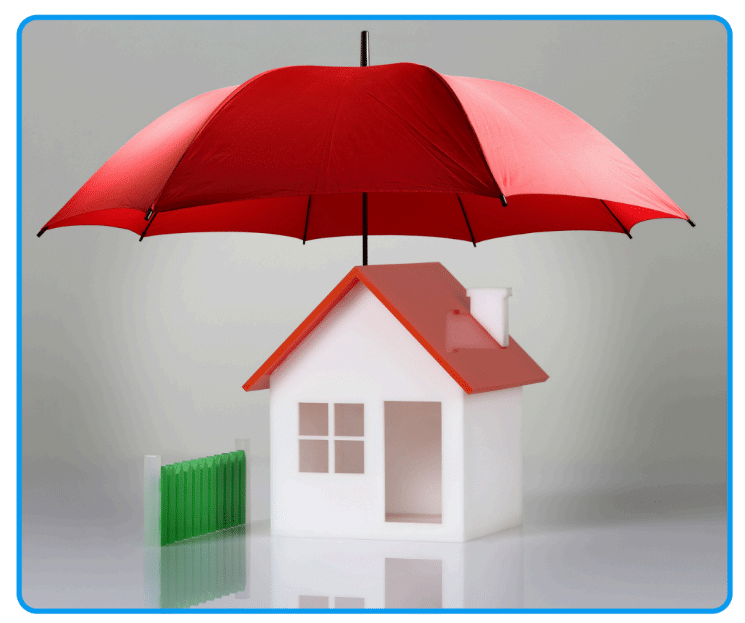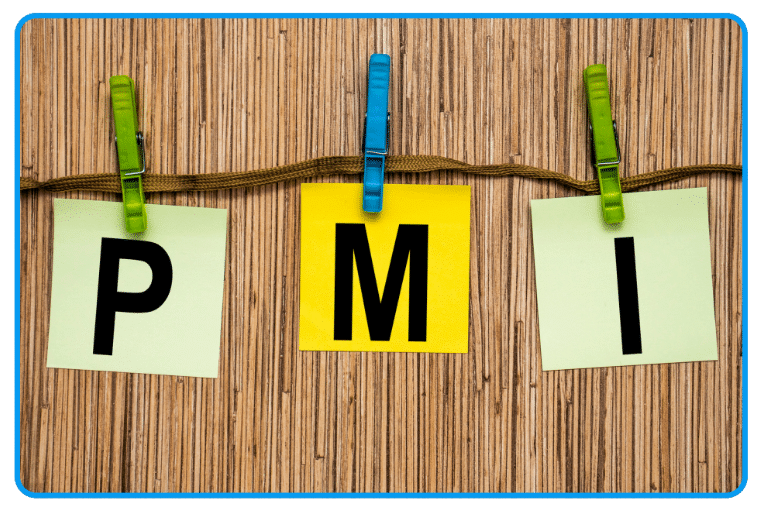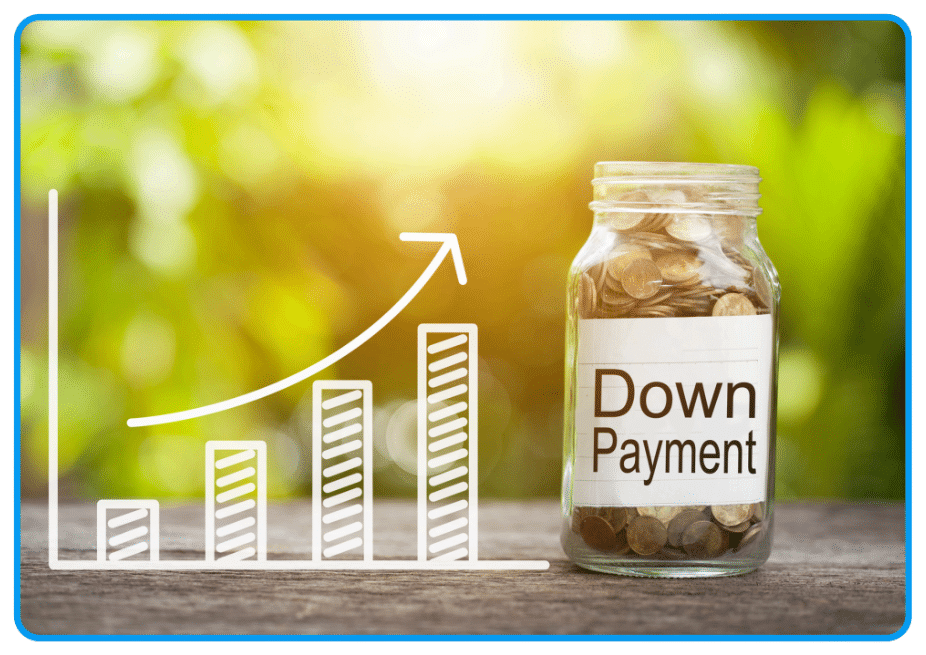Published: October 2024
How To Get Rid of PMI?
Triangle Appraisal Group (TAG) has regional and local experience and knowledge of the real estate market. We will provide you with professional appraisal assistance that is unbiased and accepted by the IRS, court systems, and financial institutions. We specialize in appraisals to assist with the removal of private mortgage insurance (PMI).
For some homeowners, it is not possible to buy a home without obtaining it. Unfortunately, this adds additional cost to your monthly mortgage payment. In the event of a default, the lender benefits. When your home equity grows, there are numerous answers to the question, “how to get rid of mortgage insurance”. Let’s break it down: .
What Specifically is PMI?
In the United States, lenders’ mortgage insurance, also known as PMI, is insurance paid to a lender or trustee for a pool of securities that may be required when obtaining a mortgage loan.
Intended to safeguard the lender in the event of a loan default by the homeowner is PMI. While it does not prevent foreclosure, it does allow potential homebuyers to become homeowners even if they cannot afford a 20% down payment. If your lender deems that you will need to pay PMI, it will work with a private insurance provider to develop a plan that will be presented to you before you close on your mortgage. For a more detailed explanation of how PMI works and its implications for your home purchase, you can visit the Consumer Financial Protection Bureau.

How Does PMI Operate?
If you are a homebuyer and obtained a conventional loan and contribute less than 20% of the purchase price you are typically obligated to pay PMI. It is advised that you inquire with your lender to determine whether the loan you are considering requires PMI.
If you’ve purchased your house, you can usually request to cease paying PMI once you’ve attained 20% equity. When you attain 22% equity, your PMI is usually automatically terminated. PMI is only required for traditional loans. Other loan types frequently contain their own sort of mortgage insurance.
The annual cost of PMI varies depending on your credit score and down payment, but it typically ranges from 0.3% to 1.5% of the original loan amount. That’s in addition to the interest you pay on your mortgage.
Four PMI Removal Options
1.Wait for an Automatic Cancellation
Your servicer automatically ceases PMI payments when your principal debt reaches 78% of the initial value of your home. To have your PMI canceled on that day, you must be current on your payments on the projected termination date. Consequently, PMI will not be canceled until your payments are brought up to date.
2. How To Get Rid Of PMI Early? Ask For PMI Cancellation
When you reach the date when the principal balance of your mortgage is anticipated to decrease to 80% of the initial value of your home, you have the right to request that your servicer cancel PMI. When you secure your mortgage, the specific date should be given to you in writing on the PMI disclosure form. If you do not have this disclosure form, contact your loan servicer immediately to obtain a copy.
If you have made additional payments that reduce the principal balance of your mortgage to 80% of the initial value of your house, you can request that PMI be canceled sooner. There are significant requirements that must be met if you would like to terminate your loan’s PMI such as:
- The request must be submitted in writing.
- You must have a strong payment history and keep your payments current.
- Your lender may want you to prove that your home has no junior liens (such as a second mortgage).
- Your lender may also need you to show evidence (such as an appraisal) that the value of your property has not fallen below the original purchase price. If the value of your house has fallen below the initial purchase price, you may be unable to cancel PMI at this time.

3. How To Remove PMI With An Appraisal
As the value of your property increases, the principal balance remains constant, but your equity grows. Regardless of whether you’ve been making extra mortgage payments and haven’t noticed growing prices in your neighborhood, you could have more than 20% equity if you’ve detected rising prices in your location or done home improvement projects.
If you believe this is the case, contact your loan servicer. Lenders may be ready to remove your PMI if you have 20% equity based on the current worth of your house. You may, however, be required to pay for a house appraisal first.
4. Refinance to discard PMI
You may consider refinancing your mortgage. The amount of PMI required on the new loan will be determined by the current valuation of your home and the principal balance of the new mortgage. If your equity has improved to at least 20% and you do not employ a cash-out refinance, you can probably get rid of PMI.
What Type of Mortgage Insurance is Required for Conventional Loans?
There are two different types of PMI for conventional loans: borrower-paid mortgage insurance and lender-paid mortgage insurance.
Lender-Paid Mortgage Insurance
Lender-paid mortgage insurance means that your lender pays your mortgage insurance upfront, but your mortgage rate is higher to compensate. You’ll save money on monthly payments and have a cheaper down payment because lender-paid mortgage insurance does not demand a 20% down payment.
For lender-paid mortgage insurance, the interest rate increase is typically 0.25-0.5% higher, however, the amount by which your interest rate rises is determined by several criteria, including your credit score and down payment amount.
For those interested in exploring PMI options associated with other types of loans, which can include up to five different varieties, check out this detailed article on Investopedia.
Borrower-Paid Mortgage Insurance
The most common type of insurance is Borrowed- paid mortgage insurance.
This type of insurance comes in the form of an additional monthly fee that must be paid with your mortgage payments. You must pay borrower-paid mortgage insurance every month until you have 20% equity in your home.
This is based on the original purchase price of your home. Normally the lender would automatically cancel the borrower-paid mortgage insurance if you have reached 20% equity. However, you must be up to date with your payments. It is also important that you did not miss any of your payments or have additional liens.
Navigating PMI for Enhanced Homeownership Equity
While PMI enables many to step onto the property ladder by lowering the barriers to homeownership, it is an additional expense on your monthly mortgage that does not contribute to your home equity. Understanding how to manage and eventually eliminate PMI can significantly reduce the overall cost of your mortgage and accelerate your journey towards full homeownership.
Proactively managing your PMI through methods such as timely payments, additional principal reductions, or refinancing can be a savvy financial move. By increasing your home equity faster, you not only dismiss PMI earlier but also enhance your overall financial stability. Remember, the goal is to build more than just equity; it’s about creating a secure financial future with your home investment at its core.

If you’re unsure about how to navigate the specifics of PMI in your situation, consulting with a professional can provide personalized advice tailored to your financial landscape. Triangle Appraisal Group remains dedicated to assisting homeowners like you in making informed decisions that optimize your investments and turn your property dreams into reality.
FAQs
The fastest way to eliminate PMI is to make extra payments on your mortgage principal to reach 20% equity quicker than scheduled. Once you achieve 20% equity based on the original appraised value of your home, you can request PMI cancellation from your lender. Ensuring your payment history is solid and your property value has not decreased may support your case.
Yes, you can remove PMI without refinancing. You’re eligible to request your lender to cancel PMI when your mortgage balance reaches 80% of the original value of your home (or 78% when it becomes automatic), as long as you meet any additional lender requirements such as a good payment history and no significant changes in property value.
FHA loans don’t have PMI (Private Mortgage Insurance); instead, they include a Mortgage Insurance Premium (MIP). Unlike PMI, MIP typically remains for the life of the loan if you made a down payment of less than 10%. If you made a down payment of 10% or more, MIP can be removed after 11 years.
PMI can be tax deductible depending on your income level and the year, as tax laws change. As of recent guidelines, PMI is tax deductible for households with adjusted gross incomes up to a certain limit. It’s best to consult a tax professional to understand current IRS rules and how they apply to your specific situation.
Home improvements can potentially help in removing PMI if they increase your home’s value, thus increasing your equity percentage. You would need to obtain a new appraisal to demonstrate the increased value of your home. If this new appraisal shows that your equity has reached or exceeded 20%, you can request PMI cancellation from your lender.





